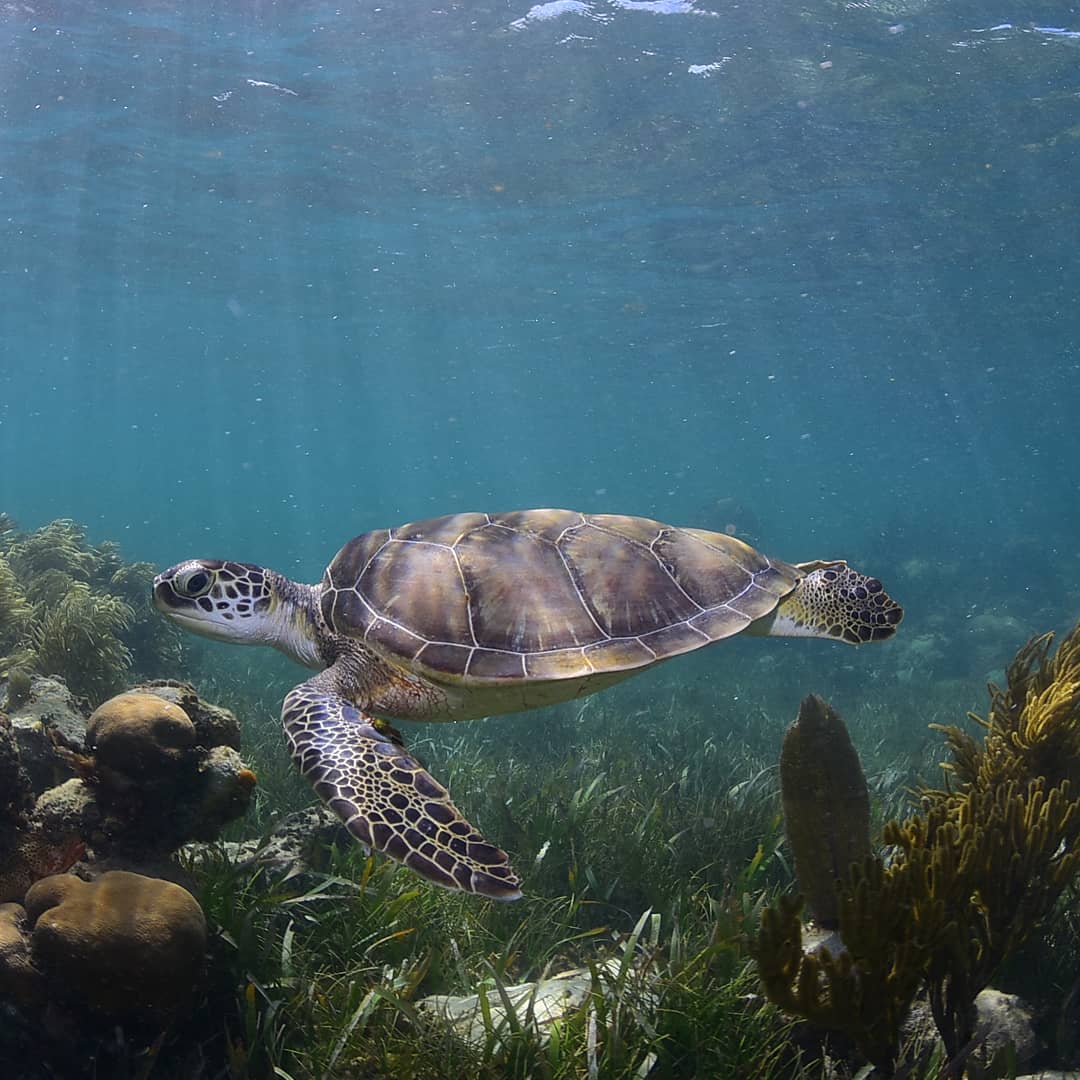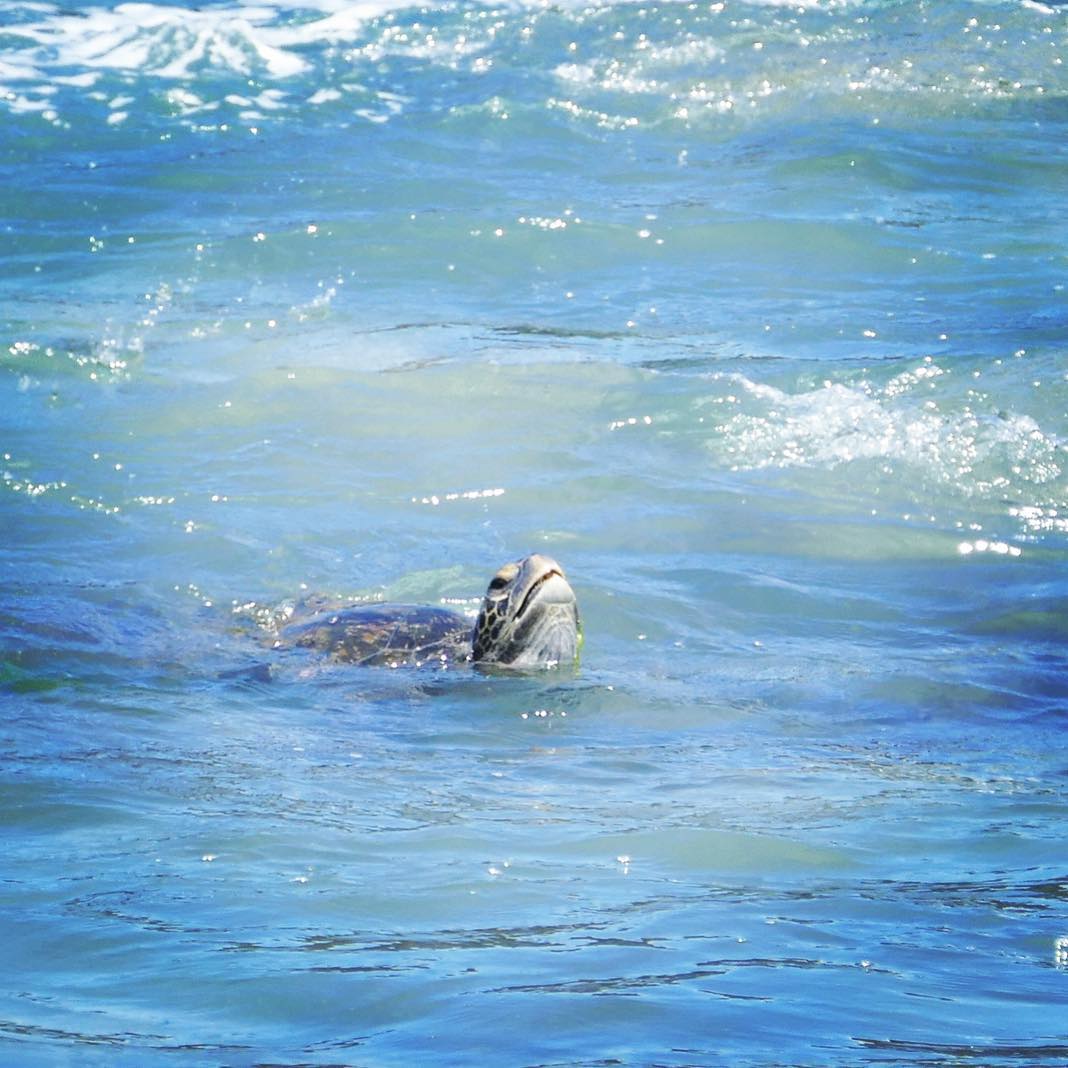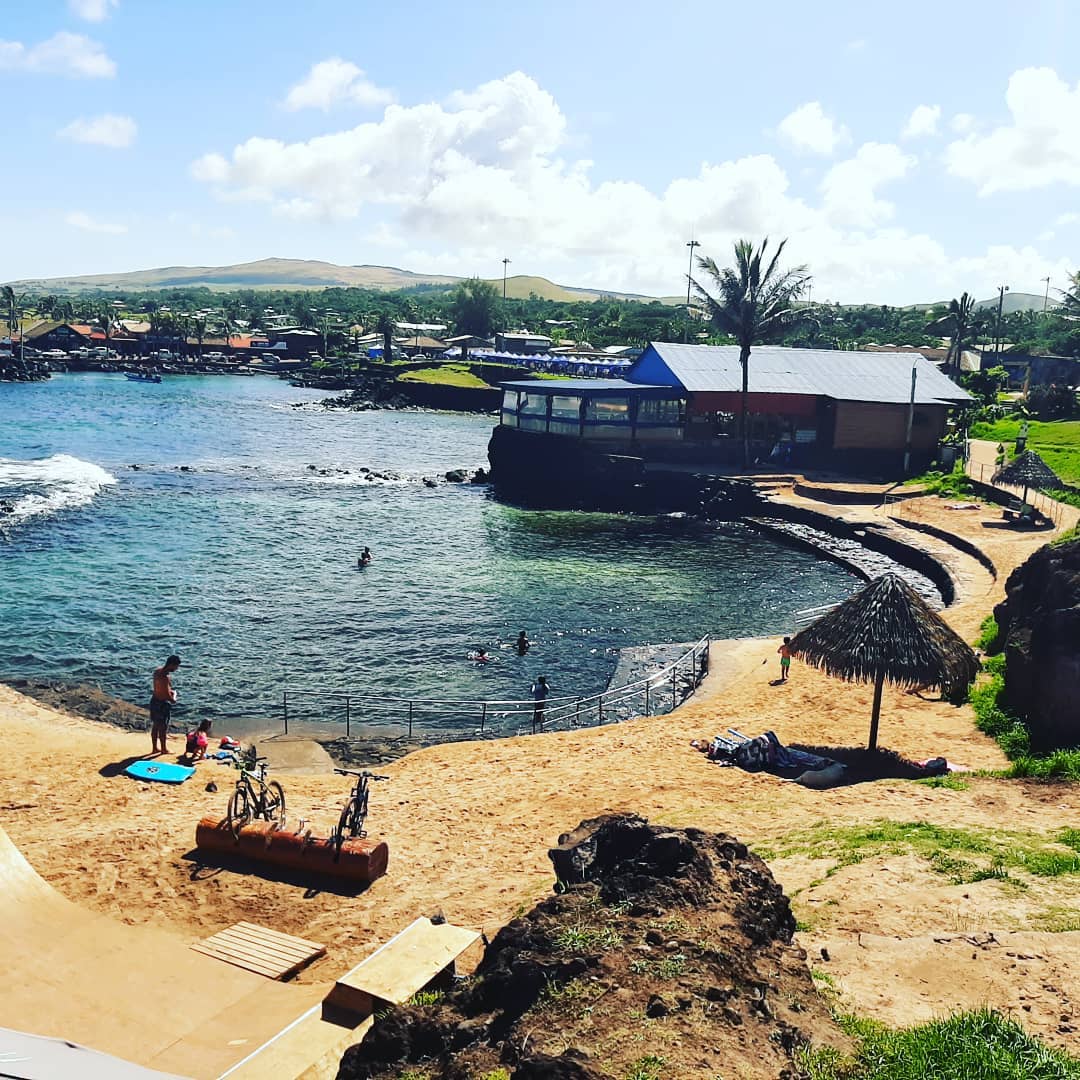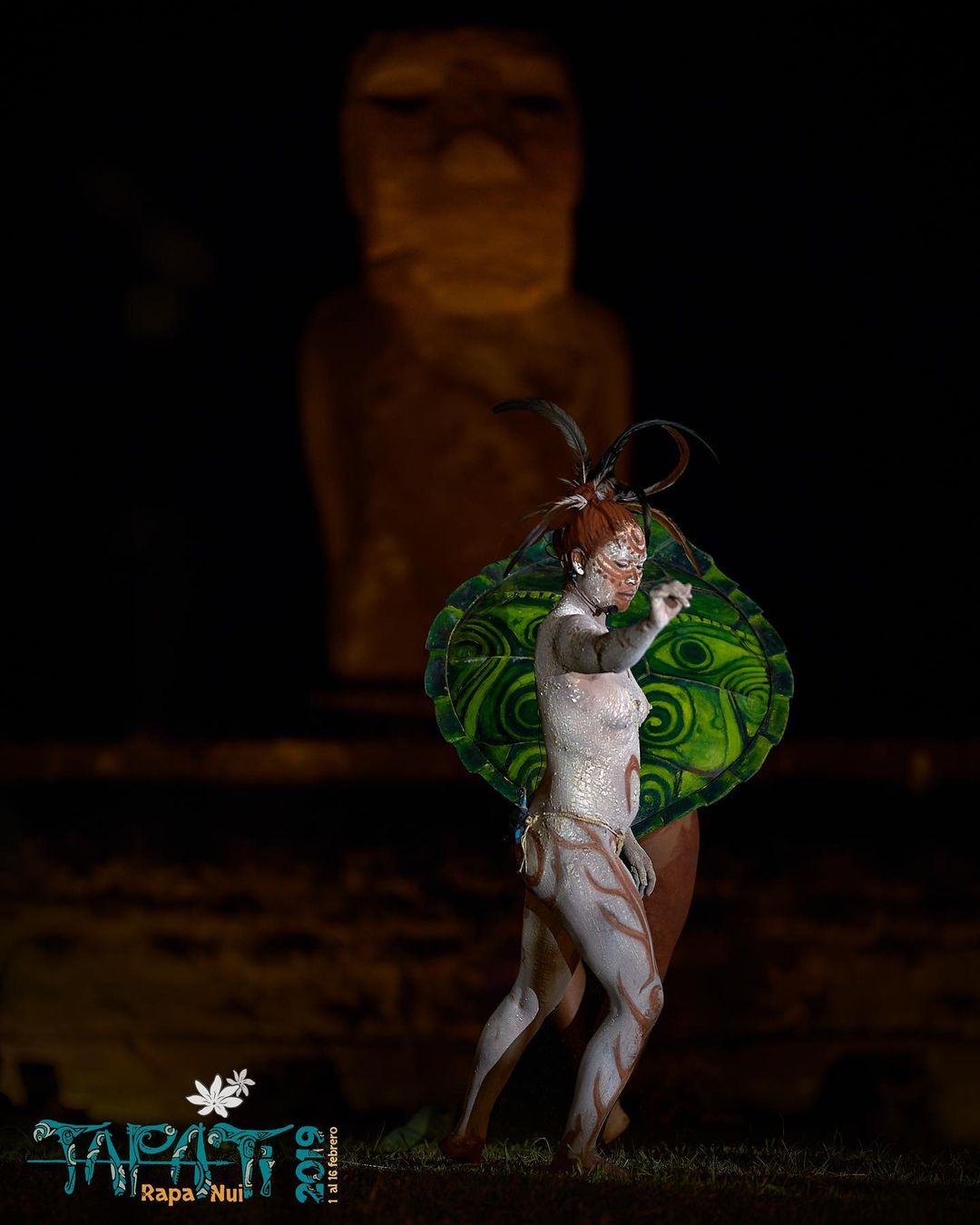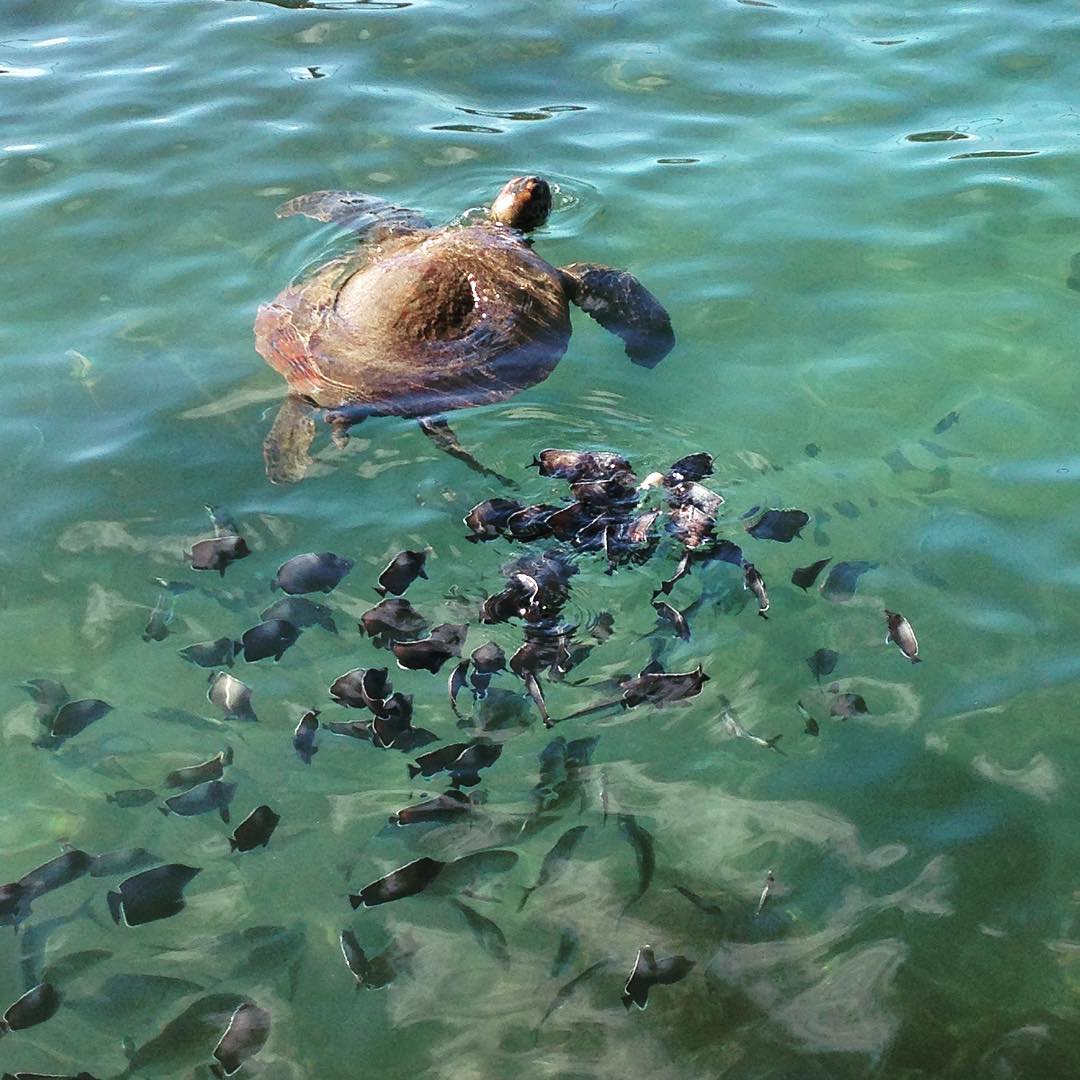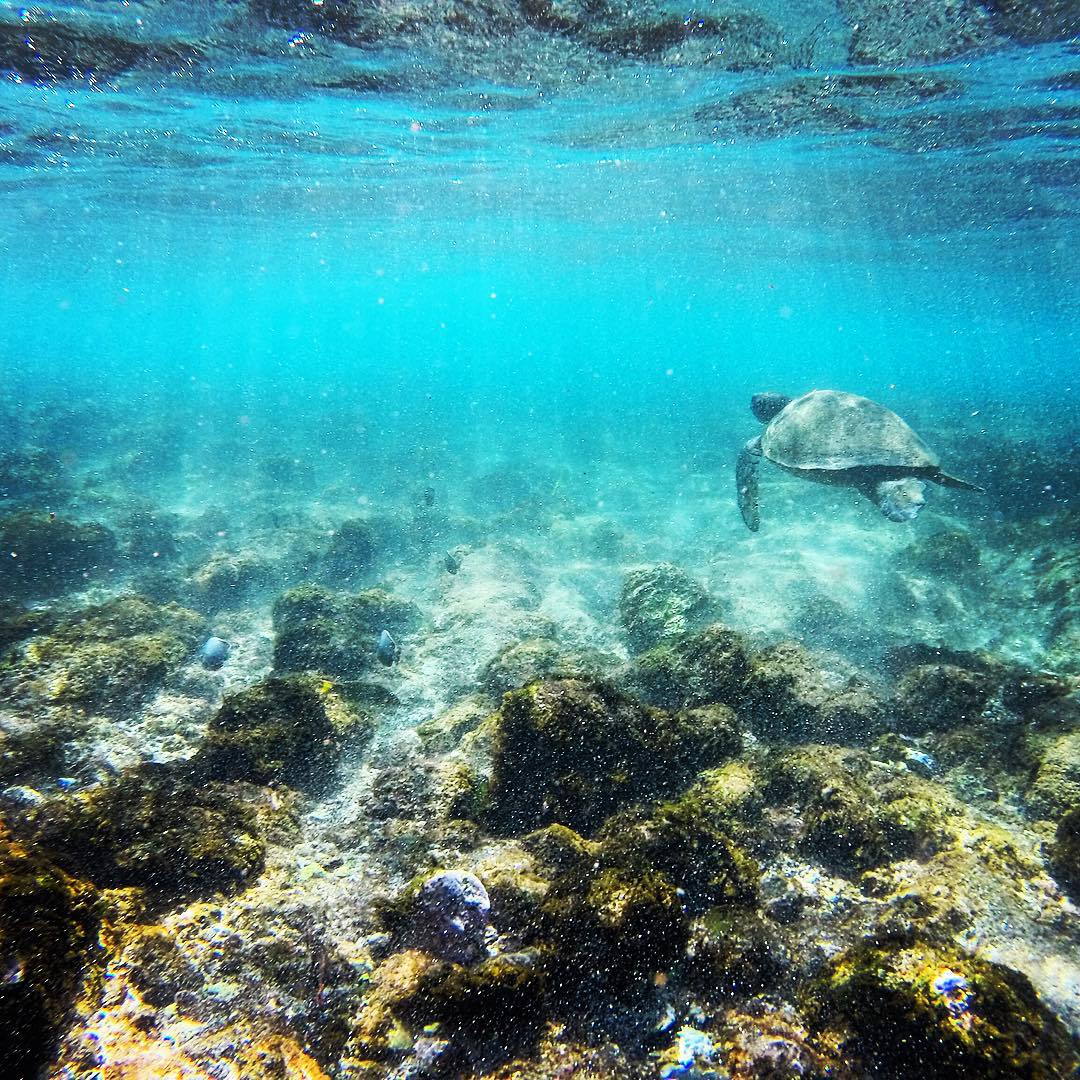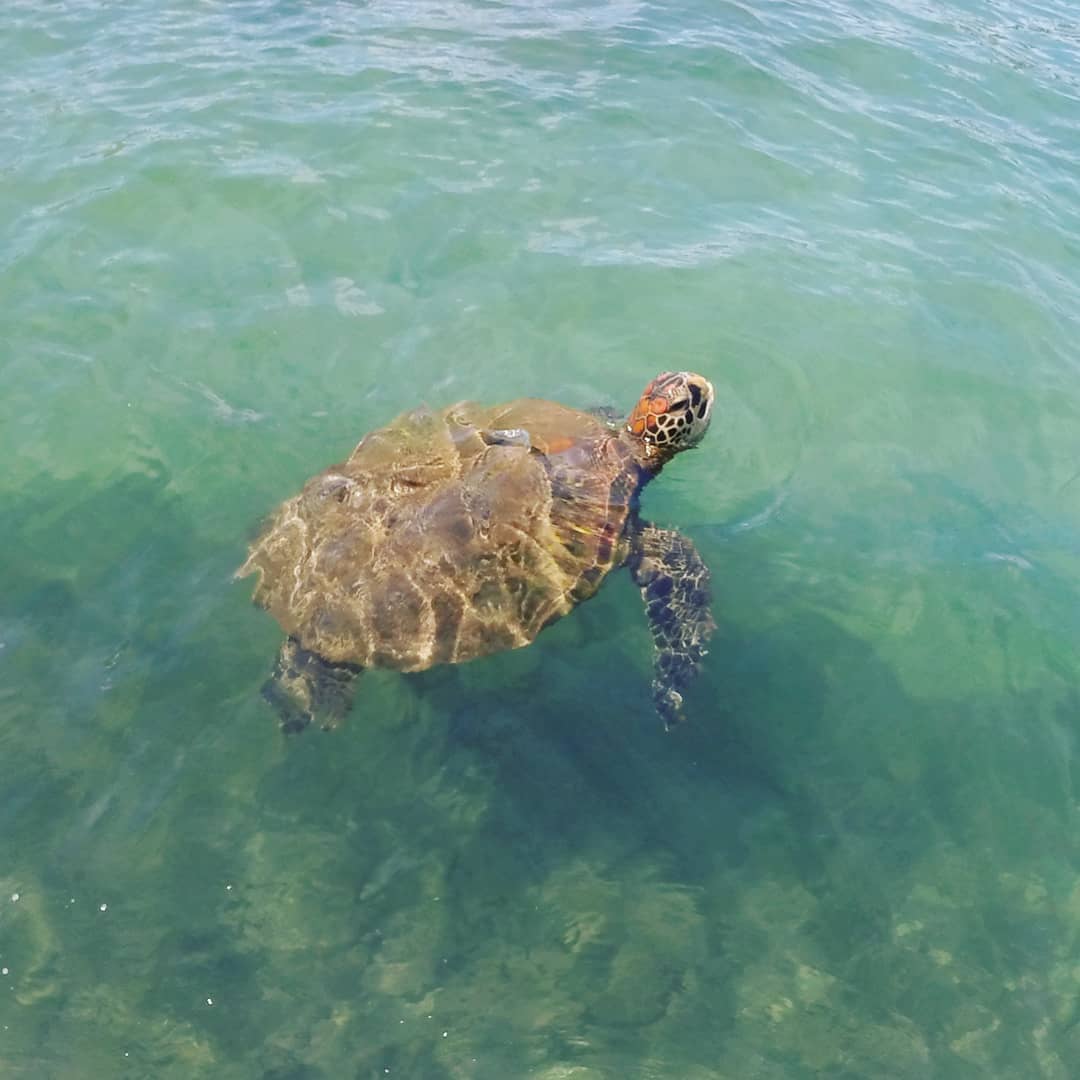RAPA NUI’S SEA TURTLE, THE ISLAND’S MOST VULNERABLE TREASURE
By: Chile Travel - 28 August, 2021

In this article, we present the Rapa Nui sea turtle. This fascinating and mystical animal must be protected with special commitment in order to preserve its survival on the planet.
Green Chelonia Mydas turtle
Photo:[@cristopherhidalgo21]
Imagine walking along the coast of the island of Rapa Nui, located in the middle of the Pacific Ocean and world-famous for its Moai, you could be lucky enough to photograph giant sea turtles peeking out of the crystal clear waters.
Turtle peeking out of Pea beach, Rapa Nui
Photo:[@sgleds]
Likewise, you could be enjoying a swim at Pea, a tiny beach close to Hanga Roa known for the sighting of fabulous animals, and be startled by the surprise visit of a cute turtle cropping up next to you.
Pea Beach and a natural pool in Rapa Nui
Photo:[@nicosayak]
But don’t get overly excited! No matter how much these cute animals attract your attention, we must warn you that you cannot touch, let alone feed this treasured animal, because the people of Rapa Nui protect it fiercely and may scold you if you try to do so.
And rightly so! Not only are Rapa Nui sea turtles in danger of extinction, but this animal is also one of the main protagonists of the history of the Rapa Nui people, and have an enormous spiritual significance.
Rapa Nui woman homaging the green turtle at the 2019 Tapati Festival
Photo:[@tapati_rapanui]
The mystical origin of the Rapa Nui sea turtle
Legend has it that when the first king, Hotu Matu’a, died on the island, his spirit became a “Honu”, or turtle in the Rapa Nui language. According to this story, that is why these animals reproduce, feed, and live on the island’s coasts.
For the islanders, “Honu” represents the virtues of patience, longevity, and perseverance, a belief that has been transmitted from generation to generation until our days. Rapa Nui sea turtles are represented in their art, mythology, symbolism, popular traditions, and rituals.
When you tour the island, you will see the turtle’s presence in several petroglyphs, the Rongo-Rongo tablets, and in several creation legends. They are sacred animals, which is why Rapa Nui people frown upon tourists for touching them. It makes sense.
Green turtle swimming next to fish, Rapa Nui
Photo:[@denisse.alejandrac]
The islanders know well about the delicate conservation situation of the Rapa Nui sea turtles. They are studying to find ways to protect them to an even greater extent.
Why are they endangered, and how can we protect them?
Unfortunately, we are the main threat to the “Honu”. Firstly, people hunt these sea turtles to consume their meat and/or eggs. Another threat is incidental fishing, being caught as by-catch, the destruction of their breeding habitats, and the pollution of the oceans.
Sadly, Rapa Nui sea turtles are one of the marine animals most negatively affected by plastic pollution in the sea. They often mistake bags for jellyfish or algae, their primary food source, causing damage to their digestive system and even asphyxiation.
Turtle swimming in a beach in Rapa Nui
Photo: [@checkthetrip]
The preservation of Rapa Nui sea turtles depends fundamentally on the protection of their breeding, nesting, and foraging environments.
Rapa Nui is one of the feeding habitats for sea turtles. If you happen to visit the bays of Hanga Roa or Hanga Piko, you are very likely to encounter some turtles that come close to the rocks to feed on algae.
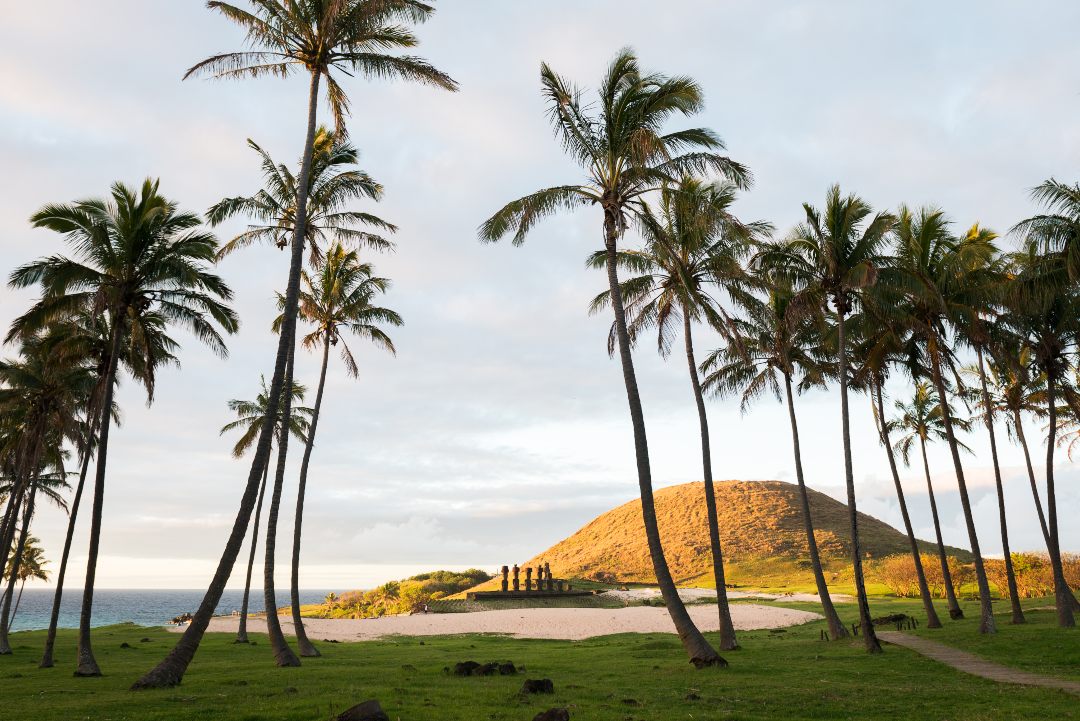
Anakena Beach, Rapa Nui
Have you noticed that not all sea turtles are the same?
Well, of course, they’re not! There are seven species of sea turtles in the world, the most common being the green turtle (Chelonia mydas) and the hawksbill turtle (Eretmochelys imbricata).
Both of these sea turtles live in Rapa Nui. However, their origin and movement patterns remain unknown, which is why the island currently has professionals who seek to discover where these turtles come from and why they come to find food on the island. With this information, they can promote international cooperation and generate protection agreements with other important habitats for these endangered species.
Meanwhile, as a tourist, you can also help. If you visit the island, remember to deposit your waste in the appropriate places, and do not feed the turtles or try to touch them.
Take care of the sea and be respectful of all its biodiversity!
Green Turtle swimming in the Rapa Nui Sea
Photo:[@italia_indomita]

















